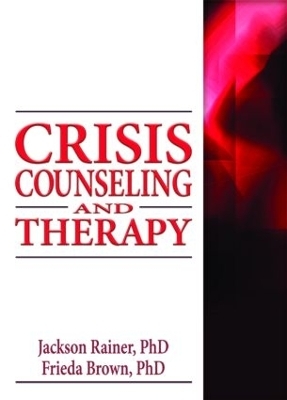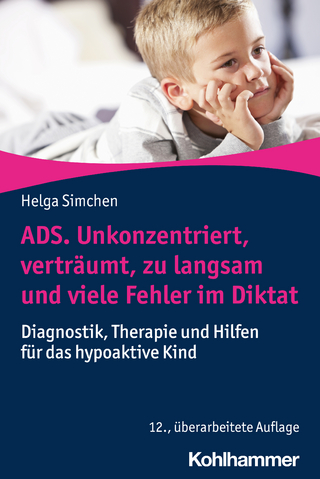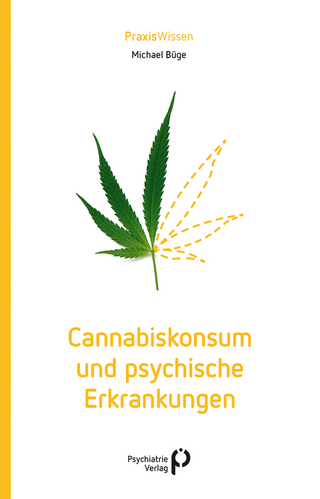
Crisis Counseling and Therapy
Routledge (Verlag)
978-0-7890-3456-4 (ISBN)
Comprehensive instruction in this important method
From Pearl Harbor to the events of September 11, 2001, to the ravages of Hurricane Katrina, tragedy can leave indelible scars. Its many forms are now visibly present in our local, national, and international communities. Intervention, as a clinical technique to combat the debilitating effects of stress that accompany crisis, is quickly becoming a social movement. Crisis Counseling and Therapy provides comprehensive instruction in this important and rapidly burgeoning field with a systemic three-phase method that is simple and practical. This innovative model can easily be incorporated into the clinician’s practice to provide effective, strategic intervention.
Crisis Counseling and Therapy recognizes that no single theory or strategy will prove useful in all situations and so offers students and professionals an adaptable approach to dealing with any crisis they may confront. By integrating four proven theoriesnarrative, cognitive-behavioral, family systems, and experiential/existentialand using the degree of disequilibrium experienced in the system to determine therapy sessions, this unique text presents a new approach to crisis work. In-depth, contemporary case studies and an easily-learned and -implemented model of application allow for multidisciplinary approaches to treatment and more positive, constructive outcomes.
Topics covered in Crisis Counseling and Therapy include:
definitions of crisis
critical moments of development
characteristics of the crisis counselor
contemporary standards and models of practice
models for intervention
assessment models
models of treatment
justification for a new model of treatmentrestoration of functioning
integrating the four unique approaches
profile of an individual in crisis
the systemic crisis intervention model
the model’s three phases: Remember, Reorganize, Restore
integrating the stress of crisis
and many more!
A vital text, reference, and resource manual, Crisis Counseling and Therapy is ideal for students and established professionals as well as clinicians and specialists working in the fields of psychiatry, psychology, social work, nursing, organ donor procurement, first responder personnel, ministry, emergency medicine, and managed care who are seeking continuing education.
Jackson Rainer, Frieda Brown
Preface
Chapter 1. An Introduction to the Systemic Model of Crisis Counseling
Introduction
Defining Crisis
Critical Moments of Development
The Systemic Model of Crisis Counseling
Characteristics of the Crisis Counselor
Chapter 2. Contemporary Standards and Models of Practice
Introduction
Three Dimensions
Self-Psychology Theory
Developmental and Normative Crises
Systemic Crises
Models for Intervention
Models of Assessment
Models of Treatment
Chapter 3. Profile of an Individual in Crisis
Introduction
Affect
Cognition
Behavior
Spiritual
Multicultural Aspects of Crisis Counseling
Chapter 4. The Systemic Crisis Intervention Model
Introduction
Narrative Therapy
Cognitive and Cognitive-Behavioral Therapy
Family Systems Therapy
Experiential/Existential Therapy
Memory Work and Trauma
Chapter 5. Remembering the Crisis
Introduction
Step I.1. Sharing the Story
Step I.2. Validate the Emotional Impact
Step I.3. Evaluate the Context of the Crisis
Step I.4. Protect Vulnerable Family Members
Step I.5. Negotiate a Solvable Problem
Step I.6. Network with Relevant Resources
Chapter 6. Reorganizing the System After Crisis
Introduction
Step II.1. Formulating a Plan for Change
Step II.2. Identify Developmental Issues
Step II.3. Engage Therapeutic Tools
Step II.4. Assign Homework
Step II.5. Support Systemic Rules, Roles, and Rituals
Chapter 7. Restoration and Exiting the System
Introduction
Step III.1. Track Progress Toward Goals
Step III.2. Acknowledge Indicators of the Time to Terminate
Step III.3. Address Future Sources of Stress
Step III.4. Refer for Continuing Treatment
Step III.5. Exit the System
Chapter 8. The Impact of Crisis in the Lives of Children and Adolescents
Introduction
Developmental Characteristics of Children in Crisis
Family Characteristics and Crisis
Classification of Crises
Death: A Crisis of Loss
Crisis Related to Family Pathology
Resilience
Chapter 9. Application
Introduction
Natural Disaster
The Crisis of Sexual Assault
The Crisis of a Life Threatening Illness: Acute Lymphocytic Leukemia
Chapter 10. Integrating the Stress of Crisis
Introduction
Reflexivity and Agency
Confusion
Fear and Anxiety
Helplessness
Moving Toward Recovery
Meaning Making and Coping with Crisis
References
Index
| Erscheint lt. Verlag | 11.9.2007 |
|---|---|
| Verlagsort | New York |
| Sprache | englisch |
| Maße | 156 x 216 mm |
| Gewicht | 670 g |
| Themenwelt | Medizin / Pharmazie ► Medizinische Fachgebiete ► Psychiatrie / Psychotherapie |
| Sozialwissenschaften ► Pädagogik ► Sozialpädagogik | |
| Sozialwissenschaften ► Soziologie | |
| ISBN-10 | 0-7890-3456-5 / 0789034565 |
| ISBN-13 | 978-0-7890-3456-4 / 9780789034564 |
| Zustand | Neuware |
| Haben Sie eine Frage zum Produkt? |
aus dem Bereich


